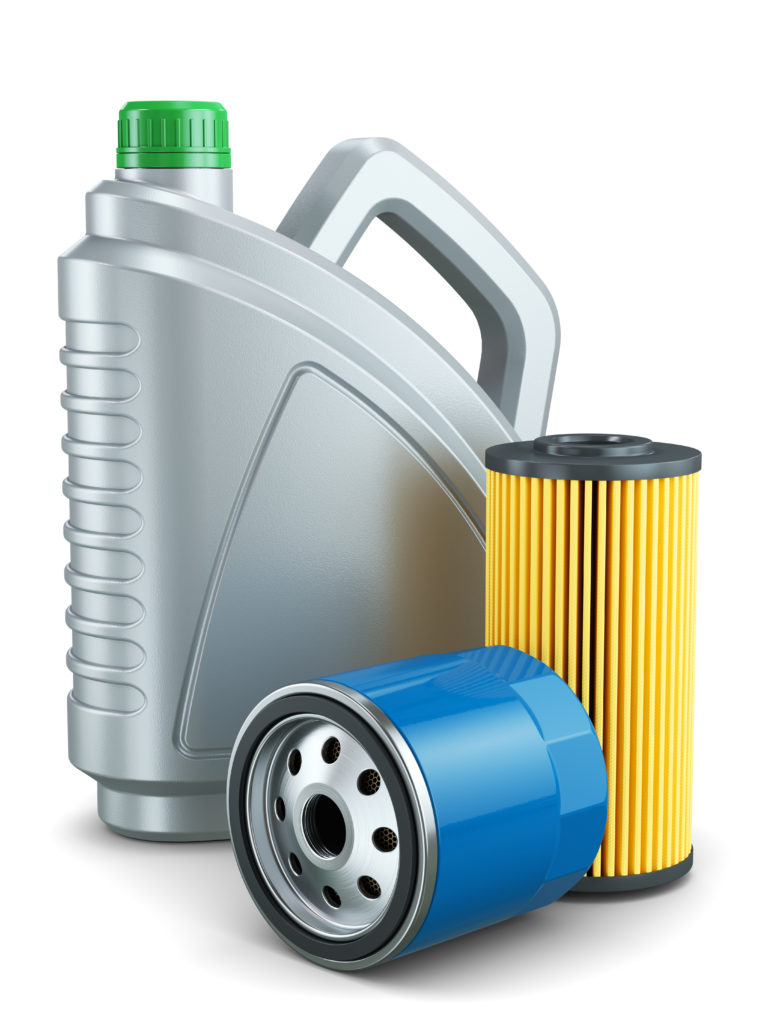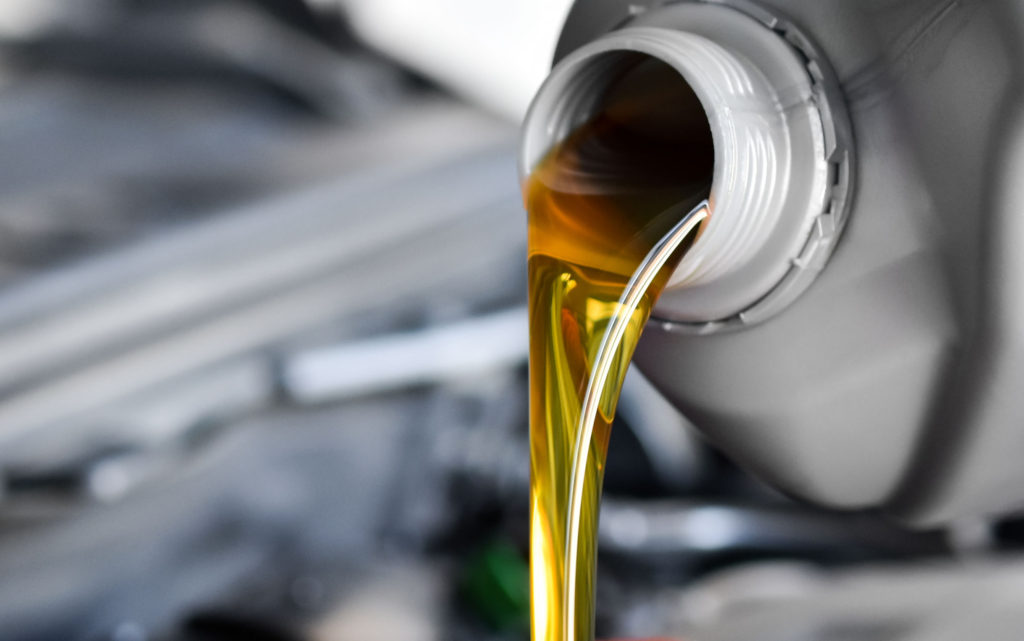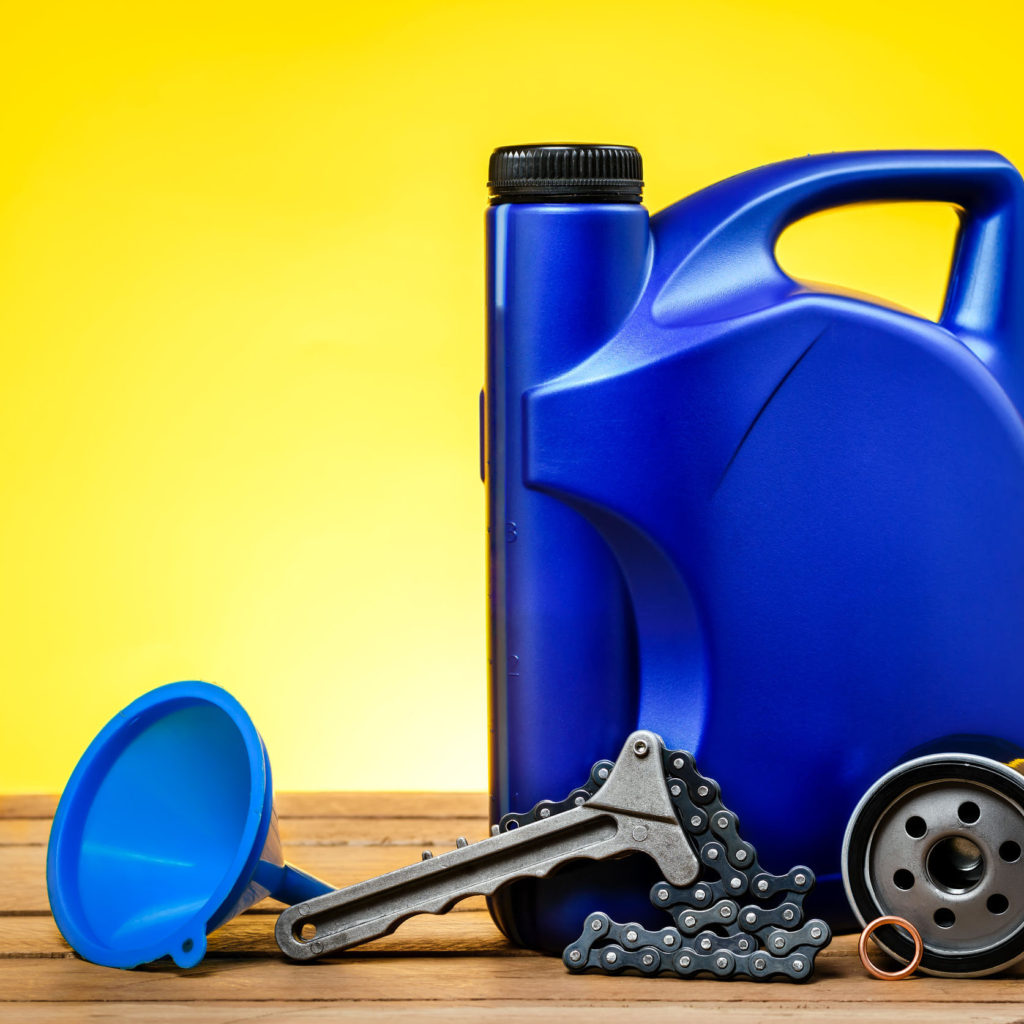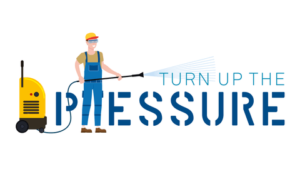
Pressure washers are much like the other power tools we use: they run on oil, gas, sometimes electricity. Is there a specific reason they have oil filters?
The sole purpose of an oil filter is to filter out contaminants that might make their way into the tank. The filter keeps these contaminants out of the bearings. Without a filter, your oil will get dirty fast which will require consistent oil changes that would be otherwise unnecessary.
There are plenty of good reasons for an oil filter. Here are a few good maintenance tips you ought to know.
Recommended oil
As mentioned above, an oil filter is definitely necessary. Obviously, oil changes are a must every once in a while, but a filter will reduce the need to do it too often. Additionally, using the right kind of oil and replacing it and the filter as often as needed will help to keep your washer running the way it is supposed to. A few good ones to try include most all-purpose engine oils. An SAE30 type is good for most temperatures above 40 degrees Fahrenheit. If you need to use your pressure washer in temperatures below 40 degrees, using a 10W-30 oil might be a better option because it will help your pressure washer start better.
If you are thinking about using a non-detergent pump oil Briggs and Stratton’s synthetic oils are usually a safe choice. Many washers work the best with pump oil, but using a 30W non-detergent oil is a safe option as well. Non-detergent oils are often deemed better than detergent oils because they add an additional safety measure against contaminants. Non-detergent oils were used most often before oil filters became prevalent. A few other brands besides Briggs and Stratton to consider: Valvoline, Accel, and Kendall to name a few.
When to change the oil

Many pressure washers with pumps that cost under $400 might not need that much maintenance. However, for most other washers, it is generally a good idea to change your pressure washer’s oil ever 200-250 work hours, about every three months if you use it fairly often. If you do not use your washer terribly often, you should be okay with an oil change once every year. It becomes easier to remember to change the oil if you schedule your pump and engine oil changes at the same time.
Changing the oil as often as is necessary is the best way to ensure long life for your pressure washer. Take great care to change the oil when it needs changing; if you run your engine with low or no oil, you’ll burn it up pretty fast. If you are unsure as to whether or not it needs changing, open up the tank and look for some telltale signs. These include milky or opaque oil, particles and gunk inside the tank, or is extremely dark. It might also be a good idea to change the oil at the start of the new season (spring) since the pressure washer will have been packed away and not functioning for a while.
Changing the oil is fairly simple if you know what you are doing. First, run the engine for a little while to get the oil warmed up (it flows a lot better when its hot, so doing this will make the drainage process easier). Next, make sure the engine is turned off, and detach the hose. Remove the oil cap using a wrench, then drain the oil and fuel from your washer. It is best if you drain the old oil into a container of some sort for ease of disposal. Once you have drained the tank, fill it with new oil. Be careful not to overfill, however. If you overfill your oil tank, it could splash out and mix with other chemicals inside the pressure washer. If this happens, your pressure washer might start to smoke a little, plus it can make the engine overheat which will then result in the washer shutting off.
Maintenance

Even if you have an oil filter, you will need to keep up on maintenance for your pressure washer. Doing so will ensure that your washer will last for a good long time.
Prior to each use of your pressure washer you will want to:
- Check the oil (obviously). Check the oil as well as the fuel. If their levels are running low, top both of them off to ensure optimal performance and duration.
- Check inflatable tires, if any. Keeping the tires primed and full is the best way to ensure ease of access and movement, plus it will keep your washer from being damaged. It is advisable to keep your air pressure marked within 15 and 25 PSI.
- Check the water inlet screens. If there are any clogs behind the screen, the water will not flow as it should and it might make the machine work too hard. If there are clogs, be sure to remove the hose and clean all clogs out very thoroughly. Failure to do so could cause damage.
- Inspect your hoses and couplings. If there are leakages in any area or bulges in your hose, turn off the water source immediately. Trying to force water through a blocked hose will most likely result in punctures which will then leak. A punctured hose will need to be replaced. You should also check the O rings and hose connectors. If they are damaged or too loose, they will cause leaking.
After you are done using your pressure washer, be sure to clean it thoroughly (repeating some of the steps mentioned above might be a good idea, if only to ensure that your washer will be ready for future use). You will want to flush the cleaning detergent injection system. Run cold, clean water through it for at least two minutes. Once this is done, shut off the engine and let it cool down before stowing it away. You will also want to release any remaining pressure in the system. You can do this by holding the spray gun trigger until any and all remaining water is expelled. Also, pull the recoil handle a few times. This will allow water to leak out through the pump’s water outlet.
